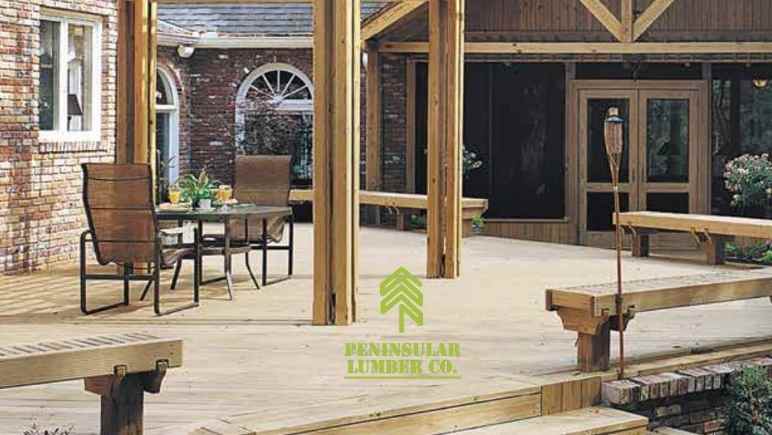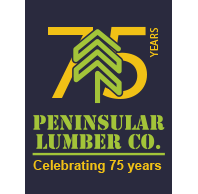Deck framing tips to keep in mind for your next project.
Decks are a great addition to any outdoor space. You can use them for landscaping, sunbathing, grilling, and other recreational activities. However, you need to think through all your materials, measurements, and processes to ensure stability when building a deck. Heavy weights and strong winds can cause poorly built decks to collapse, so you would want to avoid such risks.
Given this, framing your deck correctly is important to maximize its durability and longevity. The frame serves as the foundation for your deck panels, so you must build and install them correctly. If you are new to the process, here are ten helpful tips for deck framing to keep in mind, so you can successfully set up your deck at home.
1. Read Building Code Requirements
One of the top tips for deck framing is to read the building code requirements before you get started with building a deck. The American Wood Council’s residential wood deck construction guide outlines the minimum standards you need to comply with. For example, decking materials should all be made of dimension lumber, and maximum joist spacings are identified based on the type and size of wood you use.
Check your local jurisdiction to see if they have specific requirements to follow or whether they made changes to the building code. Some states may require you to show your deck design and get a permit before you begin construction, so ask your local council for the exact procedure.
2. Your Wood Options
Another important preparation is to research material options for your deck.
Wood decking is the top option for homeowners due to its durability and classic look. Pressure treated lumber is the most popular choice for decks since it is affordable, widely available, and resistant to rot and insects. However, if you want a more luxurious choice, tropical hardwoods have a natural beauty hard to resist, but they are on the more expensive side.
3. Create a Layout Frame
Moving on to the actual construction, start off by creating a layout for your deck frame. You can use deck footings, deck boards, or joists to experiment on different sizes, positions, and shapes until you figure out the best frame design.
Once you are satisfied, mark the location and boundary for your frame with some stakes. You can easily remove these when you are ready to dig holes for your posts.
4. Flash the Ledger Board
The ledger board is a critical component in any decking project since they attach to your house and contribute to the overall strength of your deck. One of the most important things to consider with ledger boards is the possibility of water seeping into the seams and entering your home.
Water can cause mold and structural damage for both your deck and home, so deck ledger board flashing is critical to preventing this from happening. Flashing helps keep water out of your home by creating a barrier. By doing this, you can prolong your deck’s lifespan.
5. Use Joist Hangers
While joist hangers may be an added expense for your project, they help anchor your wood beams and ensure more accurate placements for your deck joists. Joist hangers help fasten joists, whether it be your floor, end, or rim joist, more securely onto your ledger board.
6. Do a Visual Inspection
One of the best but easily forgotten tips for deck framing is to do visual checks at every point of the construction process. For example, do you have a level deck, or does the ledger board seem to sag? Does everything look straight? Look at your progress whenever possible to make sure everything is in place and that nothing is off.
7. Use a Board as a Cutting Guide
Trimming your decking can be challenging, so use a straight board as a guide for your circular saw. Screw the board right where your posts are attached and mark your cutting line about one inch away from the guide. When you consider your overall deck, it may seem like a trivial detail, but you may be surprised to see how big of a difference it can make.
8. Choose the Right Fasteners
Using the right fasteners for your deck can make all the difference, so choosing them carefully is among the most important tips for deck framing. For one, your deck is found outdoors, so it is highly exposed to harsh weather elements. Second, some fasteners may react negatively against chemically treated wood, speeding up the corrosion.
To avoid such problems, make sure you select durable fasteners that can stand the test of time. Whether it be lag bolts or deck screws, these should all be suitable for your decking materials and intended use.
9. Call a Professional for Help
When in doubt, call a professional contractor for help. Framing a deck is no easy task, so if you are not familiar with how it should be done or how each part looks, it would be better to leave the work to experts. Otherwise, you might end up building an unstable deck and need to replace it before you can even make full use of it.
Get High-Quality Lumber for Your Decking Project
Choosing high-quality decking materials is critical when framing your deck since you want the foundation to stand strong and sturdy. Thus, if you are planning to build a wood deck, it is best to source your wood from a reputable lumber company in Tampa.
At Peninsular Lumber, we are your one stop shop for lumber and quality framing materials for your decking needs. Contact us today at 813-875-8805, and our team will be happy to introduce you to our selection and help you find the perfect materials for your project.



